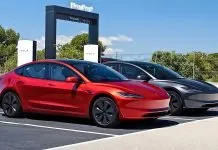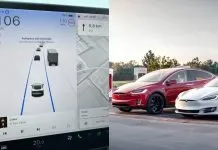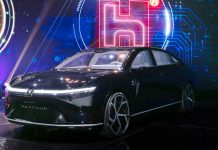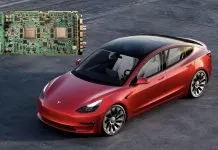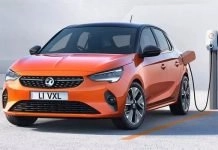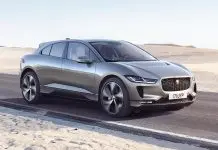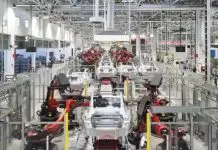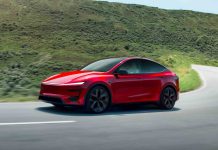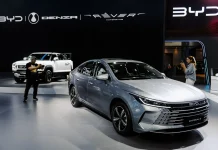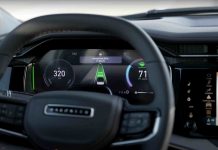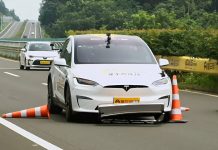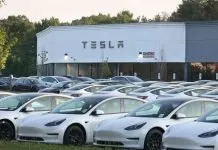Electric vehicles have a long-standing reputation for being questionable in the field of long-term durability, especially in the case of vehicle batteries. However, it is one Tesla Model 3 in Australia that has laid many of those doubts to rest. It has more than 254,000 miles (409,770 kilometers) on its original battery and motor, and it still has surprisingly little degradation for the miles covered.
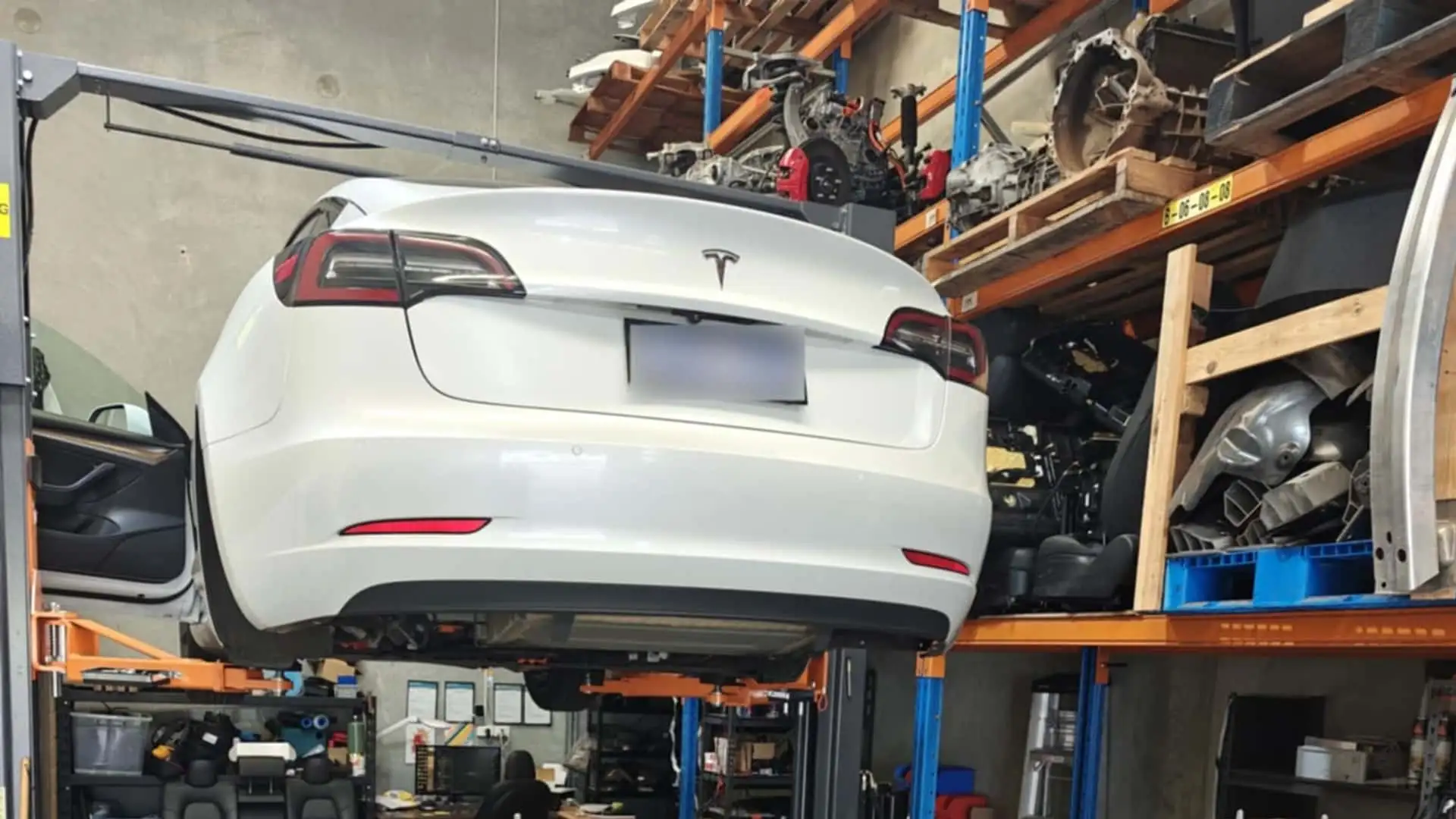
A Reliable Highway Horse
The model is a base-spec, rear-wheel-drive 2021 Tesla Model 3 that is powered by a lithium iron phosphate (LFP) battery. The use case of this particular Tesla contrasts with that of many others, as this car operates as an Uber instead of being privately owned and used by the owner, but with fewer annual miles. Such a duty cycle usually subjects a car to much harsher treatment than would be an ordinary commute, with constant stop-start traffic, frequent acceleration, and daily excessive mileage.
It has turned out to be a very strong vehicle with the Model 3. When the vehicle owner took it to EV Workz at Port Kennedy, an independent repair shop, to diagnose the judder when accelerating, the technician decided to request the battery health statistics of the car. The outcomes were shocking. Learn how EV batteries work and make yours last as long as possible.
Excellent Battery Performance
The LFP pack in the Model 3 has remained at an estimated 88-90% of its original capacity after going over the 250,000-mile mark. In practice, that means that the car has lost only 10-12% of its usable range. Compared to the number of kilometers that the car has covered, the figures are outstanding. There’s also one more similar story where a Tesla Model 3 and Model Y retained over 85% battery even after 200,000 miles.
This is in comparison to the repair many internal combustion cars would need after the same high mileage, where a transmission or engine rebuild is likely, or some other significant repair. Incorporating fewer moving parts, the EVs reduce most of the moving parts that wear out. The largest uncertainty moving forward is with the battery. Tesla’s pack is not doing too badly in this case.
The Habits of Charging Are Important
One of the reasons that may explain why the battery health is so good is how the owner has charged the car. The total energy consumption of the Model 3, according to the data provided by diagnosis, is close to 50 megawatt-hours. About 71% was derived through AC charging, or charging done slowly at home or workplace chargers using Level 2, compared to 29% due to DC fast charging.
Most studies indicate that high-frequency DC fast charging may increase degradation of lithium-ion batteries because the high charge rates create more heat and strain cells. Although this is yet to be fully understood and applied to LFP packs, which are usually stronger than nickel manganese cobalt (NMC) cells, it appears that the charging caution of this owner has assisted in the preservation of the pack.
LFP Chemistry: A Long-Lasting Decision
It is also quite possible that the LFP battery in the Tesla Model 3 has an essential role to play. LFP batteries are also less dense as compared to NMC packs and therefore larger to deliver equivalent capacity. However, at the same cost, they have considerable upsides: they cost less to fabricate, they endure complete charging iterations more than their brethren, and they can withstand repeated use with better results. This is why they are a great, high-mileage vehicle option, such as in ride-hailing, where a vehicle can have a high daily mileage and be frequently recharged.

